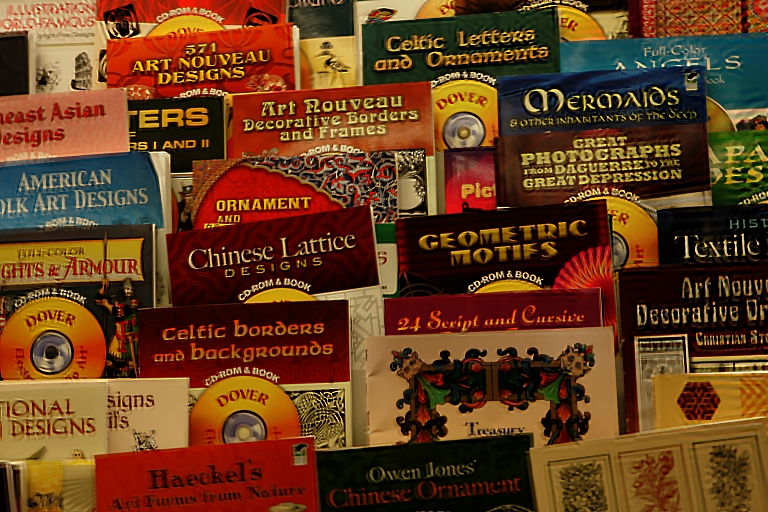[1] University of Washington, [2] Microsoft Research
 Blurred image |
 Deblurred image (our result) |
 Deblurred using spatially-invariant method (Shan et al.) |
Abstract
In
this paper, we present a novel single image deblurring method to handle
camera shake motion that leads to spatially nonuniform blur kernels.
Existing spatially-invariant deconvolution methods are used in a local
and robust way to initialize priors for portions of the latent image.
The camera motion is represented as a Motion Density Function (MDF)
which records the fraction of time spent in each discretized portion of
the space of all possible camera poses. Spatially varying blur kernels
can then be derived directly from the MDF. We specify sparsity and
compactness priors over the MDF and formulate an optimization problem
to iteratively solve for both the MDF and the deblurred image. We show
that general 6D camera motion is well approximated by 3 degrees of
motion (in-plane translation and rotation) and analyze the scope of
this approximation. We present results on both synthetic and captured
data. Our system out-performs the current state of the art approaches
which makes the assumption of spatial invariance of the blur kernels.
Citation
- Gupta A., Joshi N., Zitnick L.,Cohen M., Curless B. Single Image Deblurring Using Motion Density Functions. In Proceedings of European Conference on Computer Vision (ECCV) 2010.
- Bibtex
Downloads
- ECCV'10 Paper [pdf]
- Supplementary material [zipped file] - Includes the synthetic and captured data sets along with analysis of 3D approximation of the camera motion. This data is shown below.